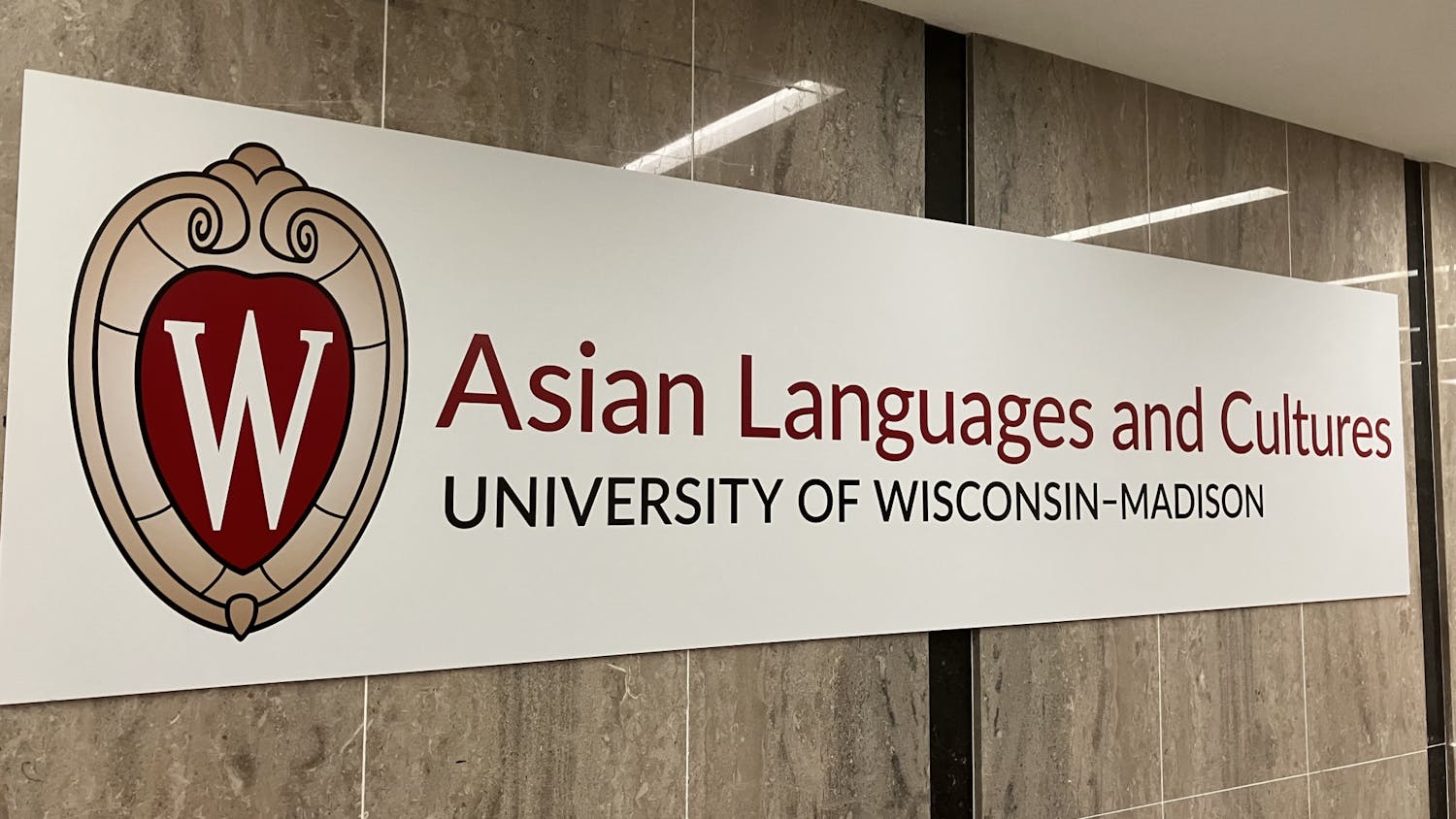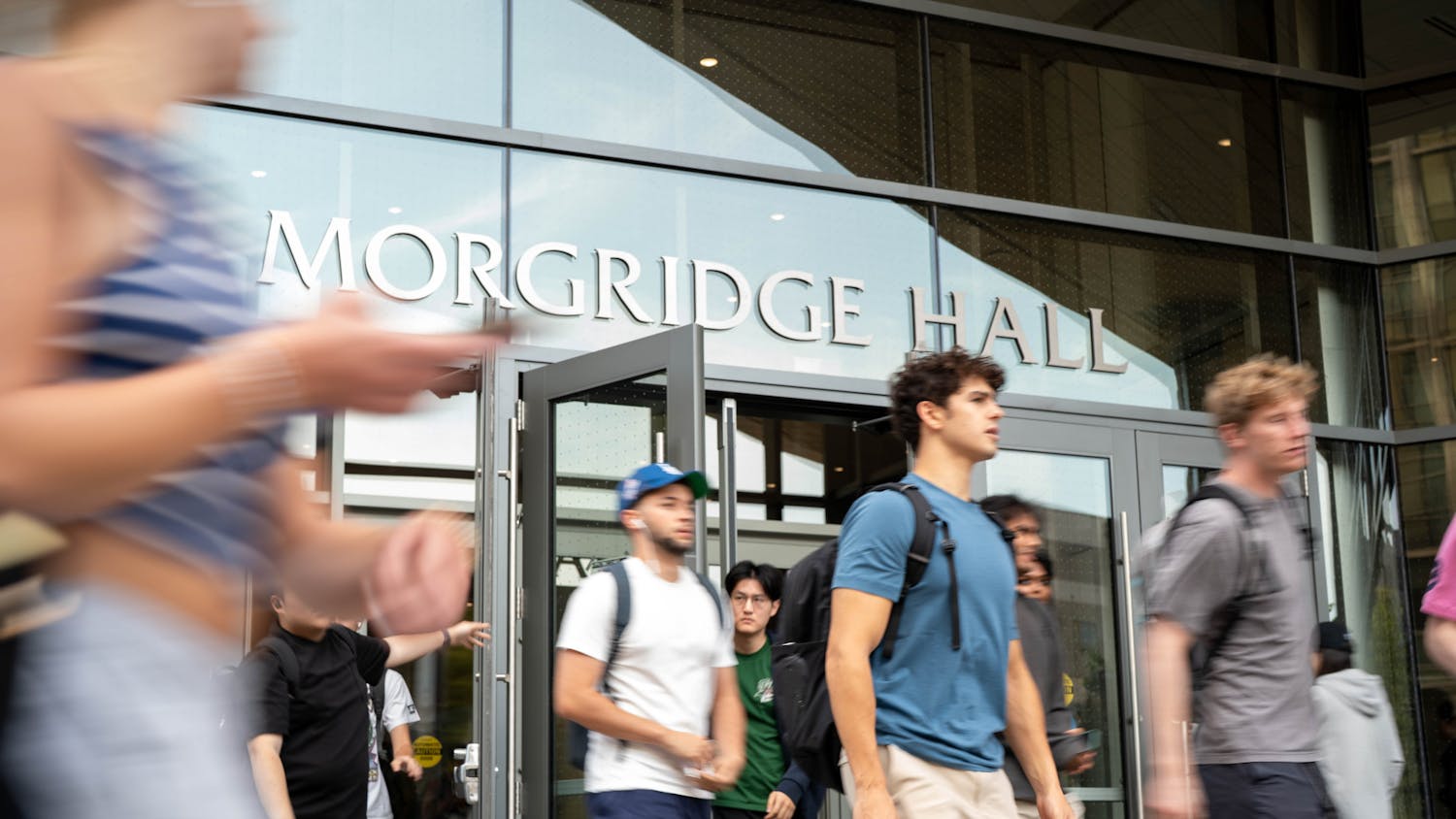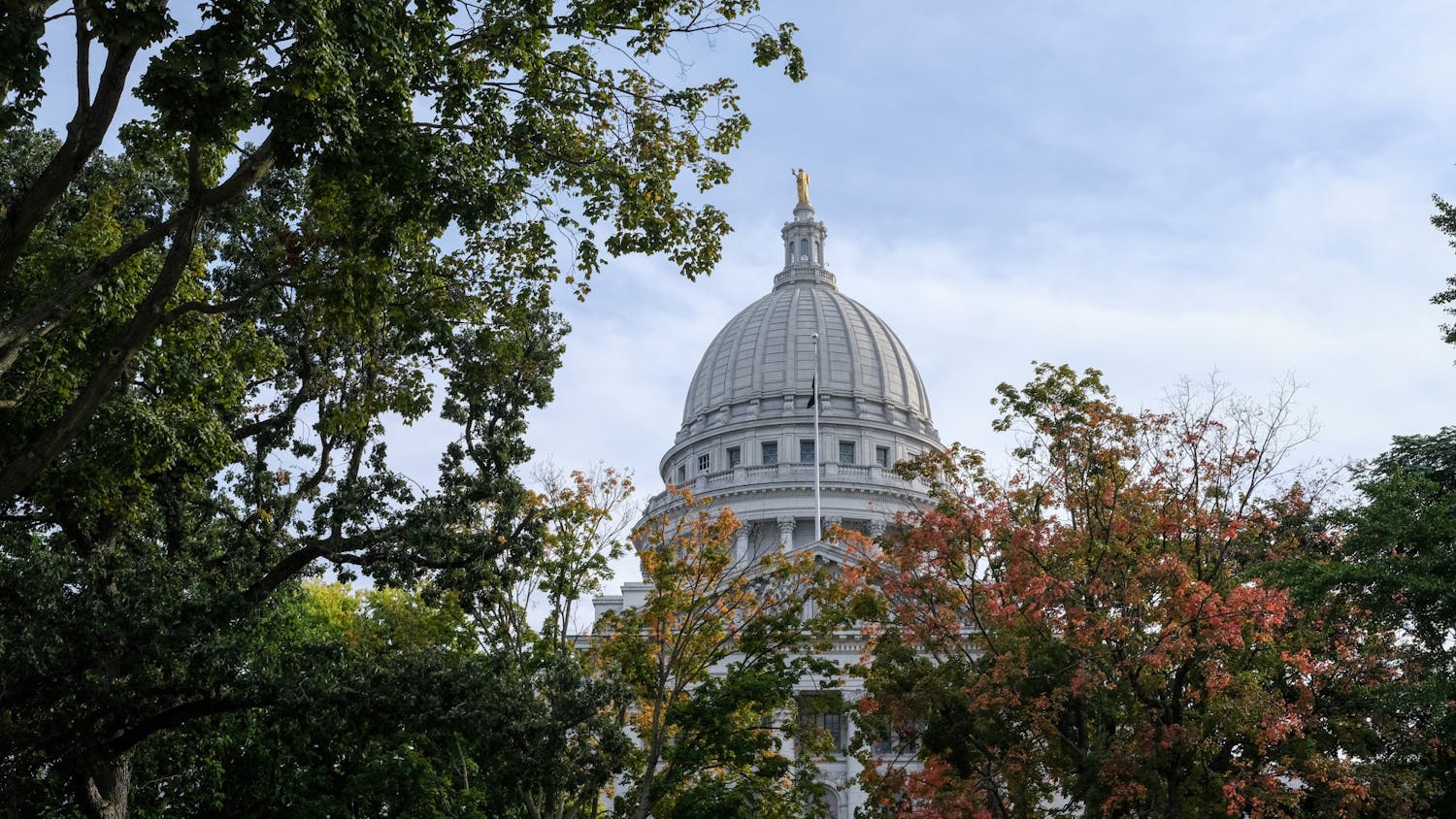Four panelists recounted their lived experiences from the Black Student Strike in 1969 with a crowd of students and community members on Monday evening, making their story a reality for all who attended the Black History Month event at Memorial Union.
Over 60 people walked into the Play Circle Theater and were welcomed by dancing and lively students from the Black History Month Planning Committee.
While students settled in, loud music played in the background. The four panelists sat in their chairs on stage, dancing and singing along with songs from Michael Jackson and Luther Vandross.
Progressing into the event, the panelists shared their stories and struggles of being a black student in the 1960s on the UW-Madison campus.
“For me, the hardest thing was there was so little of us on campus,” said Wahid Rashad, strike organizer and a leader of the campus Black People’s Alliance. “Adjusting to that, and resisting white superiority from students, especially in the dorms, was a struggle.”
Another panelist, Liberty Rashad, leader of the campus Black People’s Alliance and a strike organizer, said she felt the same way and that it was a shock for her coming all the way from New York City and seeing such a small population of people of color.
“When we arrived in 1966, there were only 90 African-American students total for the undergraduate population,” Liberty Rashad said. “We were only one quarter of 1 percent of the 35,000 students that were here on campus.”
They discussed that the low number of black students on campus was a problem that needed to be addressed.
Wahid Rashad said he formed a group with other black students in hopes of meeting their academic and social needs.
“We created an organization called ‘Concerned Black Students’ because we saw the need for black professors, administrators and a curriculum that speaks to us,” Wahid Rashad said.
The panelists described their constant efforts every year to work hard together to make change. They eventually came up with what is called the 13 demands. Some of these demands included the establishment and control of the Black Cultural Center in the hands of black students and that existing black courses be transferred into the Black Studies Departments.
50 years after the Black Student Strike, small progress has been made. The Department of Afro-American Studies was approved by the Board of Regents in 1970, and the Black Cultural Center at the Red Gym opened in 2017.
Despite the progress that has been made, Liberty Rashad talked about how more change needs to be made, especially with bringing more black students and people of color to campus.
“The numbers did grow to some extent, but not enough as we even see today,” Liberty Rashad said.
Another panelist added the importance of rising up and working together to continue making growth and change despite pushback.
“It isn’t about us individually; it is a collective effort,” Hazel Symonette, graduate student and strike participant said. “We rise up together, and we make a difference no matter where we find ourselves planted.”
People who attended the event were asked to be mindful of the sacrifices and challenges that others have faced before them.
“Remember the sacrifices folks have made,” Symonette said. “Do your part and let us do our part for the greater good of those who are yet to come.”






